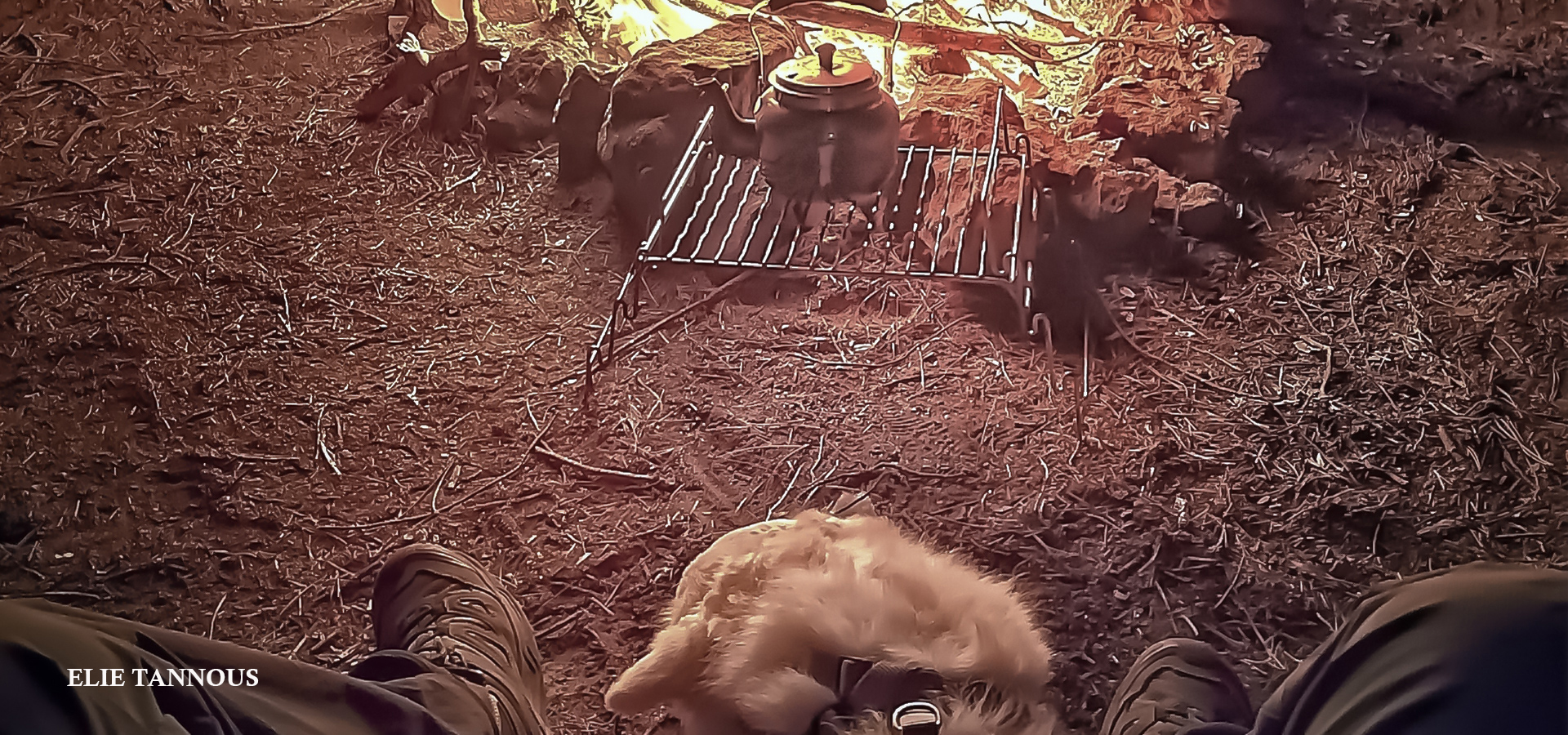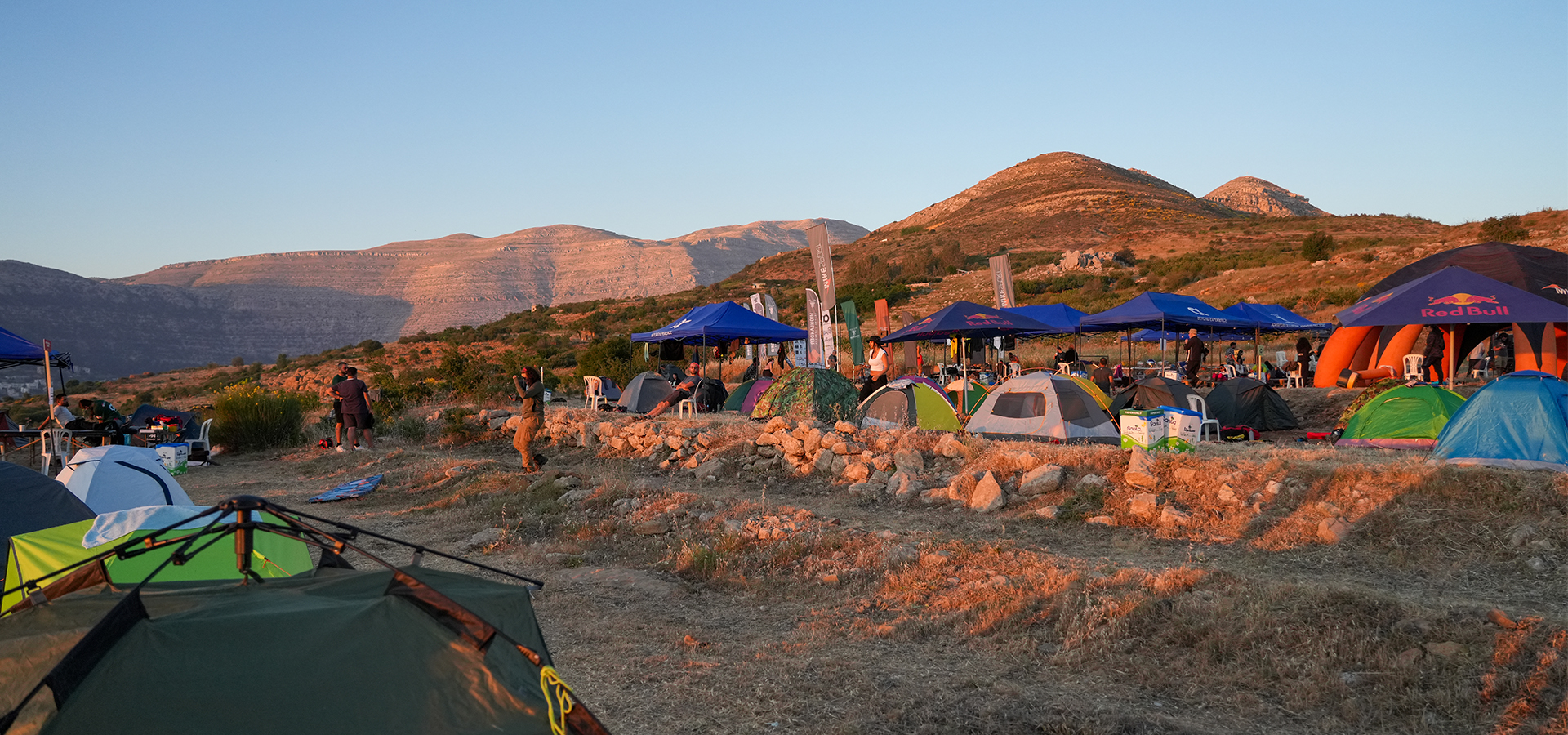
The Science of Boiling Water at Altitude!
- March 22, 2020
- 0
Everyone knows that the boiling point of water is 100 degrees Celsius, however, that fact is true at sea level but is it true at altitude?
The boiling point of water, or any liquid, varies according to the surrounding atmospheric pressure.
A liquid boils, or begins turning to vapor, when its internal vapor pressure equals the atmospheric pressure. For instance, when you heat your water, you’re creating more water vapor, when the water’s vapor pressure rises enough to exceed the surrounding air pressure, bubbles start to form and the water boils.
Pressure drops as you gain elevation because there are fewer air molecules pressing on you. With that less pressure, you don’t need to apply as much heat to push vapor pressure beyond the surrounding atmospheric pressure, in other words, water boils at a lower temperature!
For every 150 m increase in elevation, water’s boiling point is lowered by approximately 0.5 °C.
At 2,400 m in elevation, water boils at just 92 °C!!
Some people think that a lower boiling point means that foods will cook more quickly at higher altitudes. However, the opposite is true, because cooking involves heating a food to a certain temperature for a certain length of time. If the temperature is lowered because of altitude cooking time will have to be extended to complete the cooking process!











